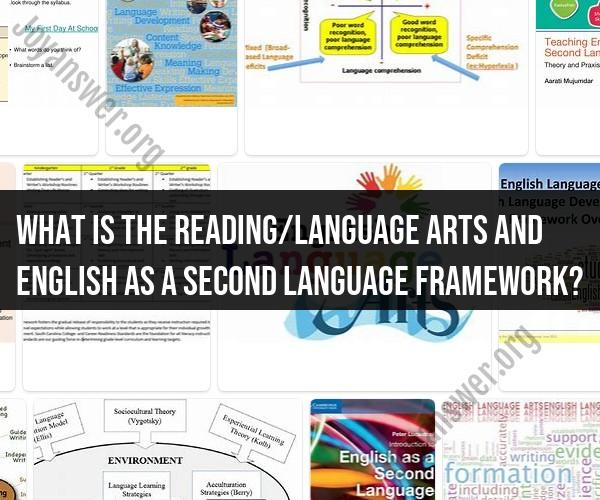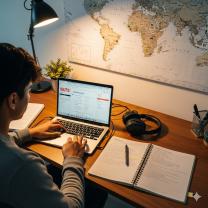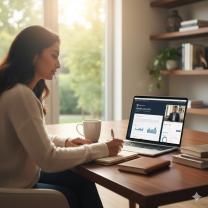What is the Reading/Language Arts and English as a second language framework?
The "Reading/Language Arts and English as a Second Language (ESL) Framework" is typically a document or educational resource that outlines the guidelines, standards, and curriculum objectives for teaching reading, language arts, and ESL in educational settings. This framework serves as a comprehensive guide for educators and curriculum developers to ensure that students receive a well-rounded education in these subjects.
Key components of such a framework may include:
Curriculum Objectives: Clearly defined learning objectives and standards for reading and language arts instruction, which specify what students should know and be able to do at various grade levels.
Instructional Strategies: Guidance on effective teaching methods and strategies for reading, language arts, and ESL, including best practices for literacy development, language acquisition, and communication skills.
Assessment Guidelines: Information on how student progress should be assessed and evaluated, including recommendations for formative and summative assessments to measure language proficiency and reading comprehension.
Differentiation: Strategies for accommodating diverse student needs, including those who may be learning English as a second language or have special learning requirements.
Integration: Suggestions for integrating reading and language arts instruction with other subjects, such as science, social studies, and mathematics.
Cultural Sensitivity: Considerations for addressing the cultural and linguistic diversity of students in ESL programs, as well as promoting cultural competence.
Literacy Development: Guidance on promoting reading comprehension, critical thinking, writing skills, and vocabulary development.
Professional Development: Recommendations for teacher training and professional development to ensure educators are equipped to teach these subjects effectively.
Parent and Community Involvement: Strategies for engaging parents and the community in supporting students' language and literacy development.
The exact content and structure of the Reading/Language Arts and ESL Framework may vary by educational jurisdiction or institution. It is designed to provide a coherent and comprehensive approach to literacy and language education, promoting effective teaching practices and improved student outcomes in reading, language arts, and ESL.













